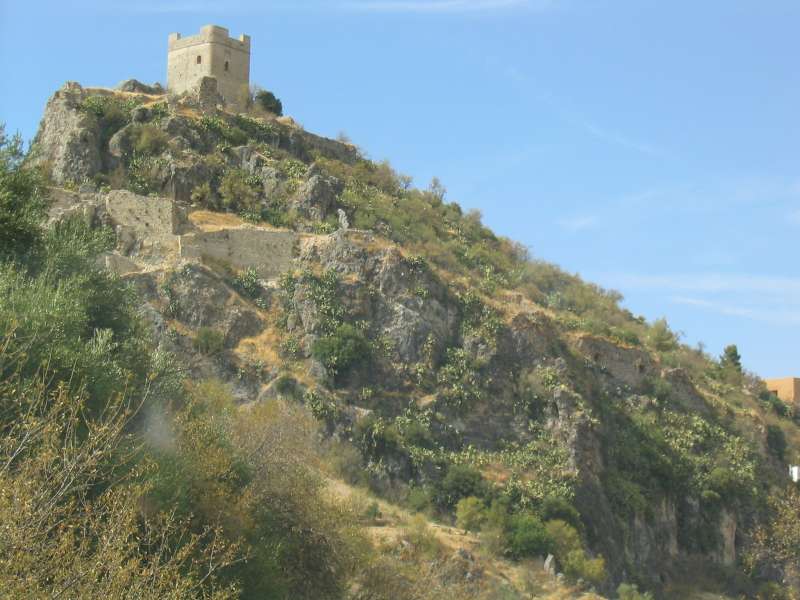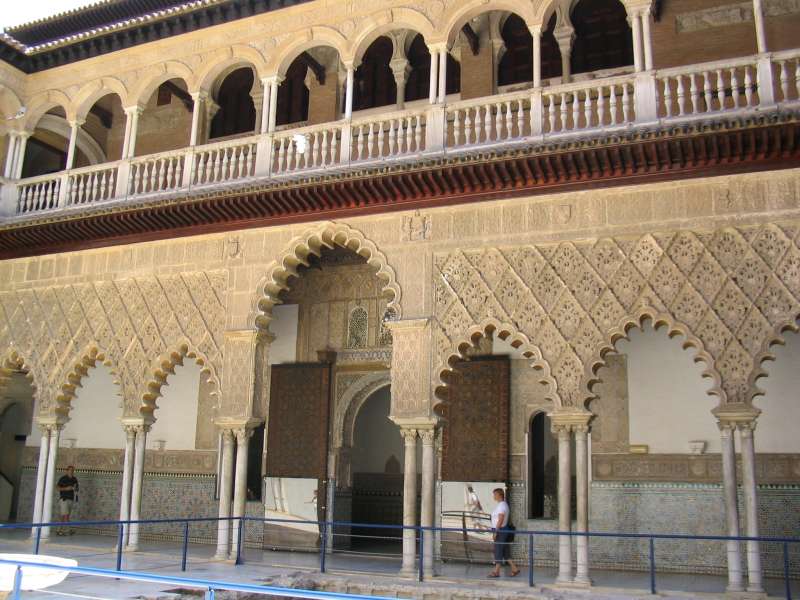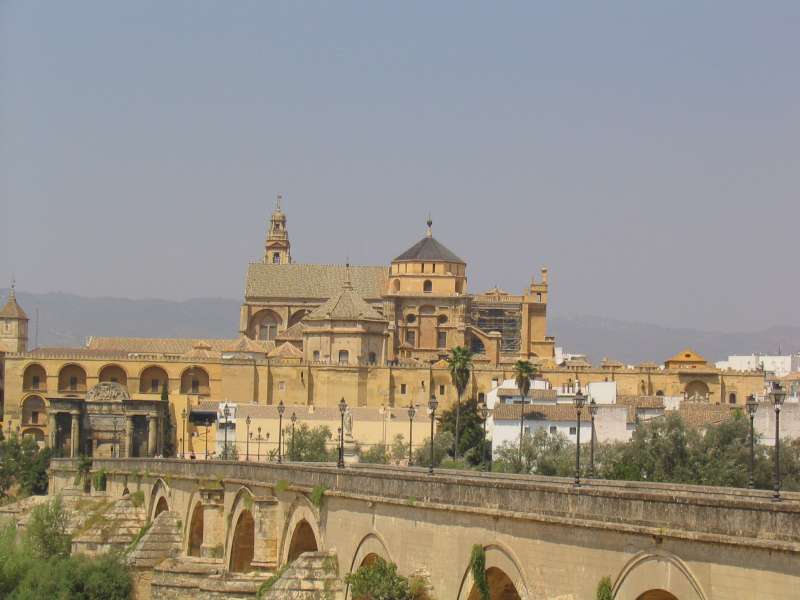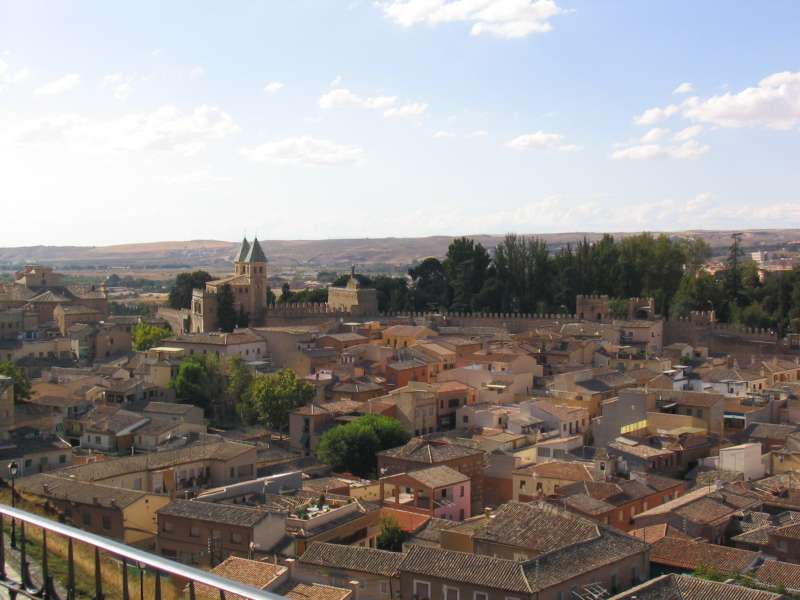
World Monument Photography
October 12, 2025
This tiny town is one of many beautiful towns known as Andalucian white hill towns. They are called white hill towns due to the white color of all the buildings in each of these small towns. The setting of the city is set under a Moorish castle atop of the nearby mountain.

During Muslim rule, Zahara was an important read more
Seville is one of the three largest Andalucian cities known for its Muslim architecture and Flamenco dancers. Seville dates back to Greek times in the 8th or 9th century B.C. It was later occupied by the Phoenicians then the Carthaginians, who destroyed the city in 216 B.C. When Julius Caesar occupied the Iberian peninsula, he re-built Seville and made it a Roman colony. The Vandals then took the city, but no significant events were recorded in history during this time.

After 712, t read more
Cordoba is considered to be one the three largest Andalucian cities. Although historically more significant, today it is smaller than either Seville or Granada. Cordoba first entered the history books as being an important trading port for the Roman Empire trading in wine and olive oil. It was also the capital of the Hispania province.

Its real significance, as with virtually all other Andalucian towns, started with the Muslim read more
One of the best preserved Medieval cities in Europe is Toledo. It is so well preserved that the entire old city has been declared a UN Heritage site. The city`s glory has been tied to its prominence in the arts and sciences as well as its tough military prowess. This article reviews Toledo`s glorious past.
 read more
read moreThe Pyramids of Giza in Egypt consist of three main pyramids and several smaller ones. The three pyramids are (in order of size) the Great Pyramid of Khufu, the Pyramid of Khafre, and the Pyramid of Menkaure. They consist one of the most important landmarks in Egypt.
The largest of the pyramids, the Pyramid of Khufu, was built in honor of King Khufu, the founder of the fourt read more